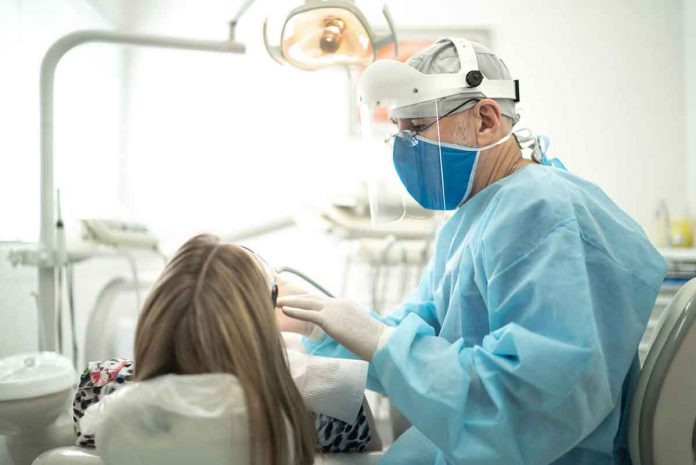
THEY are neither on Netflix nor on streaming platforms.
They are, however, must-see videos in these new normal times.
These are the new videos that explain how to prevent coronavirus disease 2019 (COVID-19) infection in oral healthcare services.
Frontliners in oral healthcare work in very close contact with patients. In close proximity as they are to saliva, blood, and other body fluids.
It is essential then that dental protocols are in place and strictly followed to protect frontliners and patients from potential COVID-19 infection.
Short videos describe such oral health care protocols recommended by the World Health Organization (WHO).
The animated videos describe procedures for screening, triaging, and reception of people seeking oral health care; measures that should be in place to protect patients and personnel during treatment; and cleaning, disinfection, and sterilization procedures to be applied to surfaces, equipment, and instruments in oral healthcare facilities.
The videos are based on guidance published by WHO in 2020. They are for use in training for oral health teams on infection prevention and control.
It is recommended for public health authorities responsible for oral health as well as private and public oral healthcare personnel undertaking or assisting in the procedures described.
It is recommended, too, for the general public who will be making a dental appointment soon. The videos are useful reference materials for the public to know the changes in dental healthcare during the new normal – changes that are expected to stay even beyond pandemic settings.
The videos are in English. Arabic, Chinese, French, Portuguese, Russian, and Spanish versions will be released by WHO in the first quarter of 2021.
According to the WHO, oral diseases pose a major health burden for many countries and affect people throughout their lifetime, causing pain, discomfort, disfigurement, and even death.
These diseases share common risk factors with other major non-communicable diseases.
It is estimated by the Global Burden of Disease Study 2017 that oral diseases affect nearly 3.5 billion people.
Untreated dental caries (tooth decay) in permanent teeth is the most common health condition, according to the Global Burden of Disease Study.
More than 530 million children suffer from dental caries of primary teeth (milk teeth).
Severe periodontal (gum) disease – which may result in tooth loss – is very common, with almost 10 percent of the global population affected.
Oral cancer (cancer of the lip or mouth) is one of the three most common cancers in some countries of Asia and the Pacific.
Treatment for oral health conditions is expensive and usually not part of universal health coverage.
Even in most high-income countries, dental treatment averages five percent of total health expenditure and 20 percent of out-of-pocket health expenditure.
Most low- and middle-income countries are unable to provide services to prevent and treat oral health conditions.
Factors contributing to oral diseases are an unhealthy diet high in sugar, use of tobacco, and harmful use of alcohol.
Most oral health conditions are largely preventable and can be treated in their early stages.
Access the videos at – https://www.who.int/news/item/29-01-2021-new-videos-explain-how-to-prevent-covid-19-infection-in-oral-health-care-services./PN



